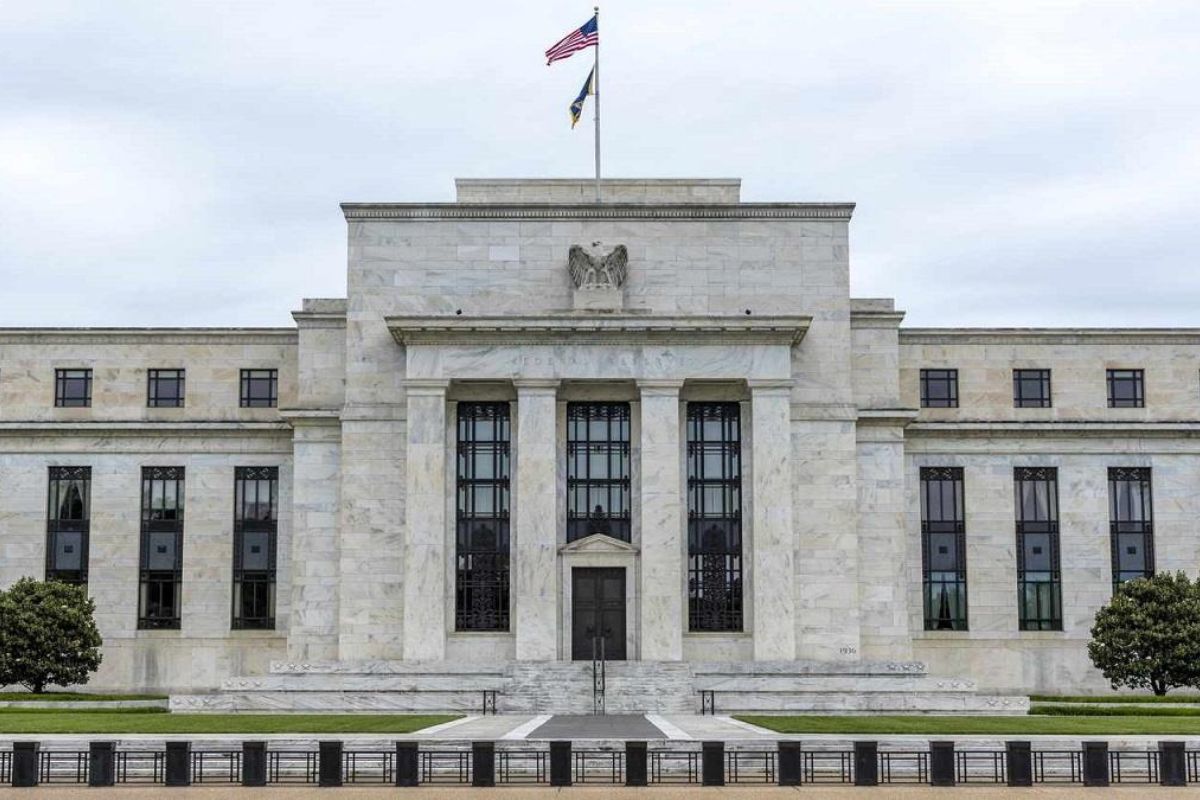Outlook on China
Moody’s decision to revise China’s credit outlook from stable to negative has sent ripples across global financial markets.
This duality of tightening and loosening monetary policy underscores the Fed’s delicate task. It is clear that the Fed is well aware of the inflation dragon it’s trying to slay.

The US Federal Reserve’s move, on Wednesday, to hold its key interest rates steady at a 22-year high after 11 straight hikes since March last year, sent ripples through financial markets and stocks slumped in response. The Fed’s decision to maintain the status quo might have been widely expected but it was the accompanying economic projections and Fed Chairman Jerome Powell’s warning that caught investors’ attention. In a world still grappling with the economic fallout of the pandemic, the Fed finds itself doing a precarious balancing act. Its projection of an additional 25 basis point rate hike this year, peaking in the 5.50 per cent to 5.75 per cent range, painted a picture of a central bank determined to cool inflation. At the same time, the Summary Economic Projection (SEP) indicated 50 basis points of rate cuts next year. This duality of tightening and loosening monetary policy underscores the Fed’s delicate task. It is clear that the Fed is well aware of the inflation dragon it’s trying to slay. Inflation remains above the Fed’s long-run target of two per cent and officials acknowledge that further action may be needed to tame it. Had it chosen to raise interest rates, the Fed would risk curbing the robust economic growth and job gains it has touted. It’s a tightrope walk because the Fed aims to slow inflation without triggering a recession. Mr Powell’s cautionary note on inflation resonates. Inflation is a multifaceted beast. While the Fed wields the tools of monetary policy, it cannot always predict their exact impact. We must remember that a central bank’s primary mandate is to strike a balance between price stability and full employment. Overly aggressive rate hikes could lead to job losses and an economic downturn.The market reaction, with stocks slumping, is a testament to the sensitivity of investors to the Fed’s decisions. They crave clarity and certainty but the Fed’s nuanced approach, toggling between rate hikes and cuts, creates uncertainty. Investors grapple with the question of whether the central bank can successfully engineer a “soft landing” for the economy.The Fed’s predicament reflects the broader challenge facing policymakers worldwide. The pandemic-era stimulus measures, coupled with global supply chain disruptions, have created an environment where inflationary pressures are palpable. Central banks must act to keep inflation in check but the timing and magnitude of these actions are far from straightforward. A more aggressive approach to curbing inflation could lead to economic pain, while a tootimid stance might let the inflation genie out of the bottle. The Fed’s data-dependent approach, as Mr Powell emphasised, underscores the need for flexibility in navigating these uncertain waters.The Fed’s communication also plays a crucial role in this balancing act. Clear, transparent communication can help manage market expectations and reduce volatility. Mr Powell’s willingness to acknowledge the challenges and uncertainties ahead is a step in the right direction. Investors and the public should be informed about the Fed’s strategy and reasoning to foster confidence in its decisions
Advertisement